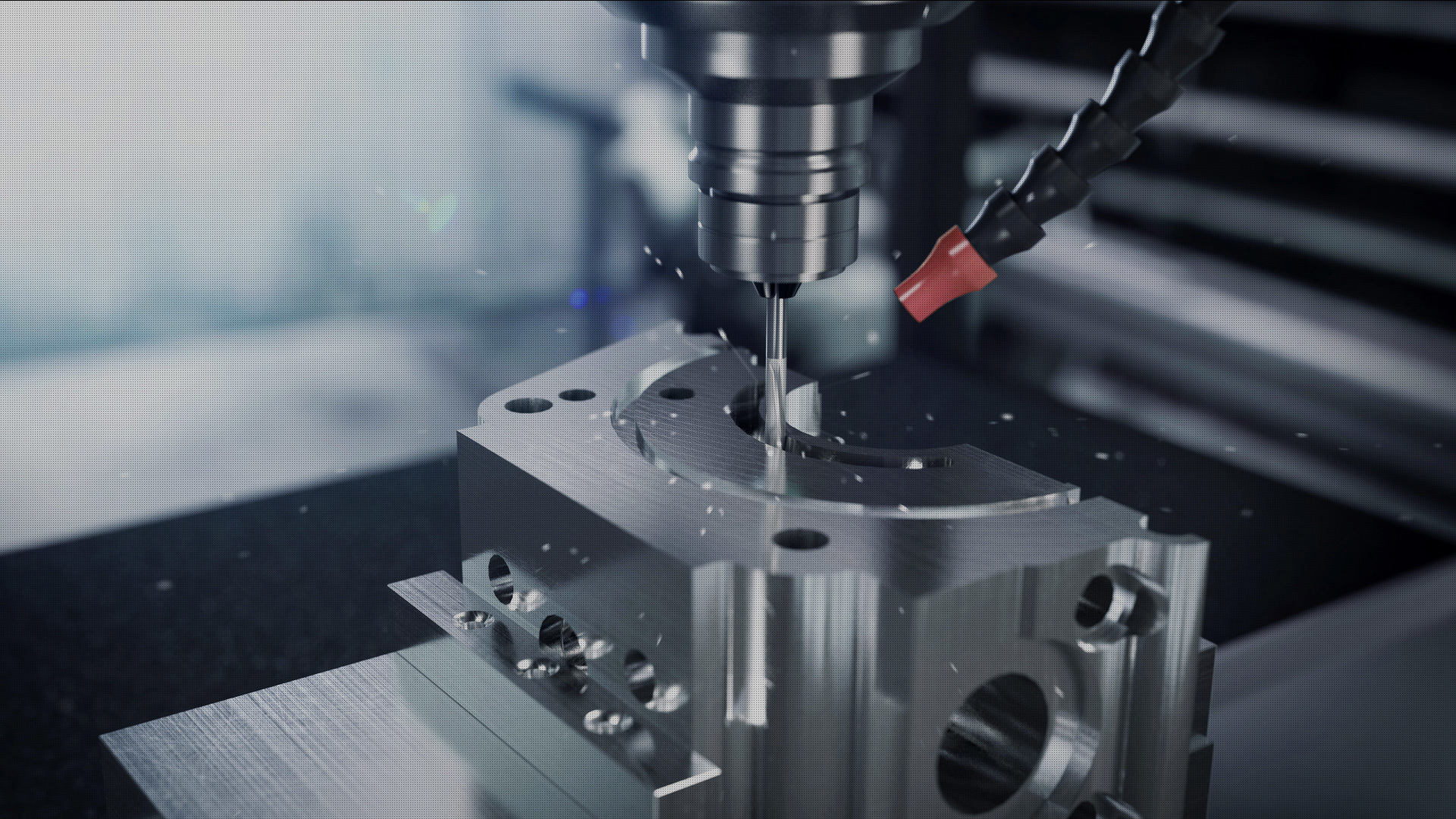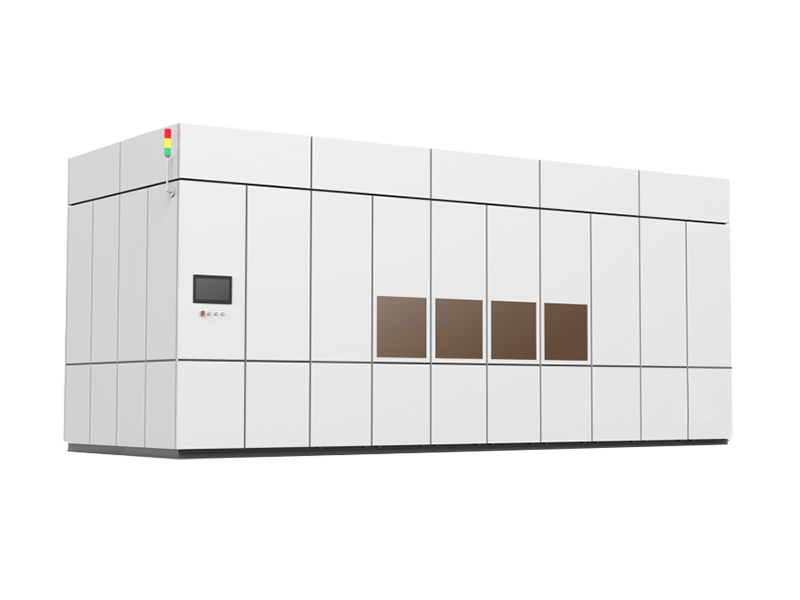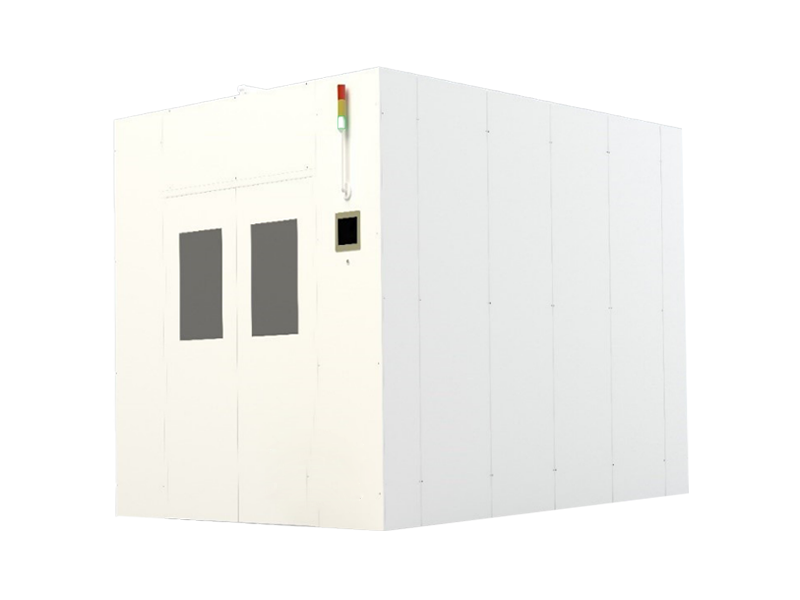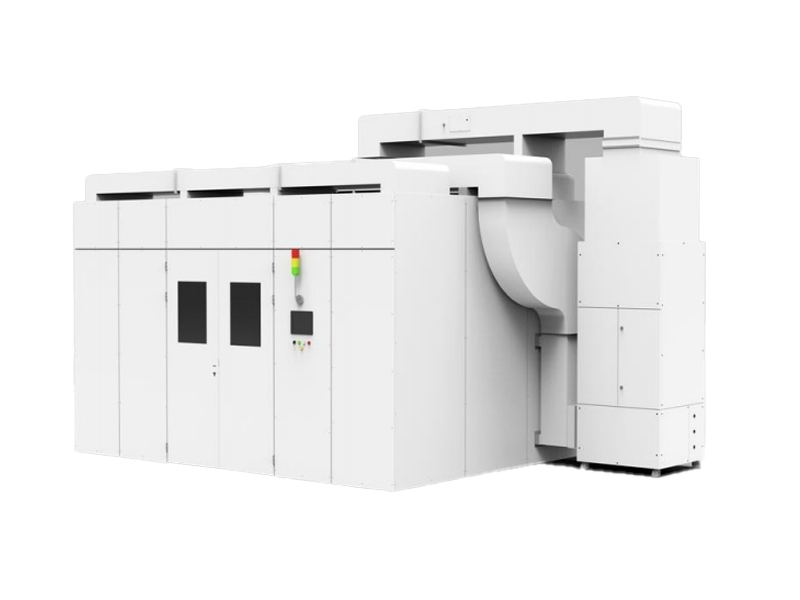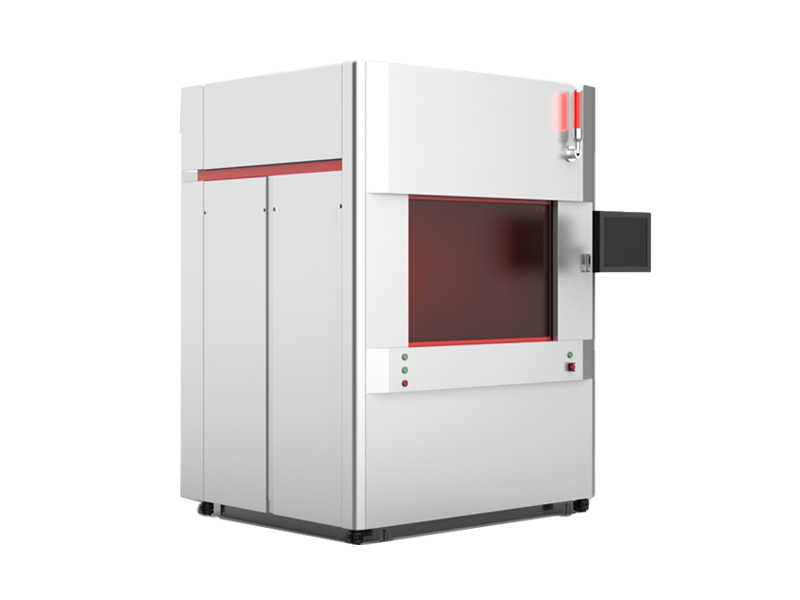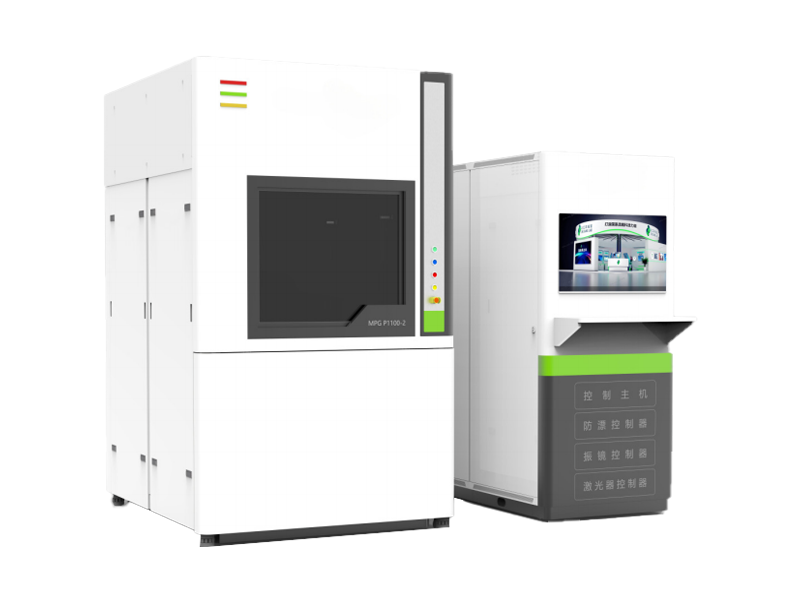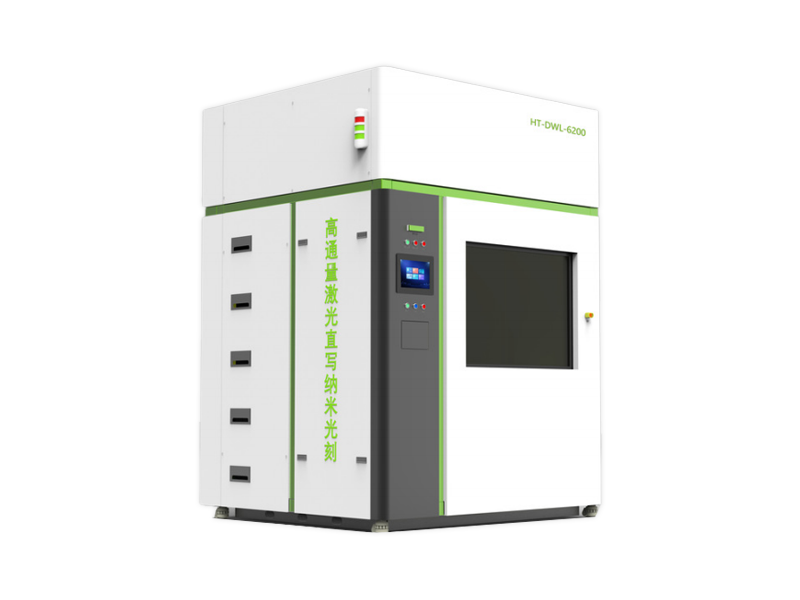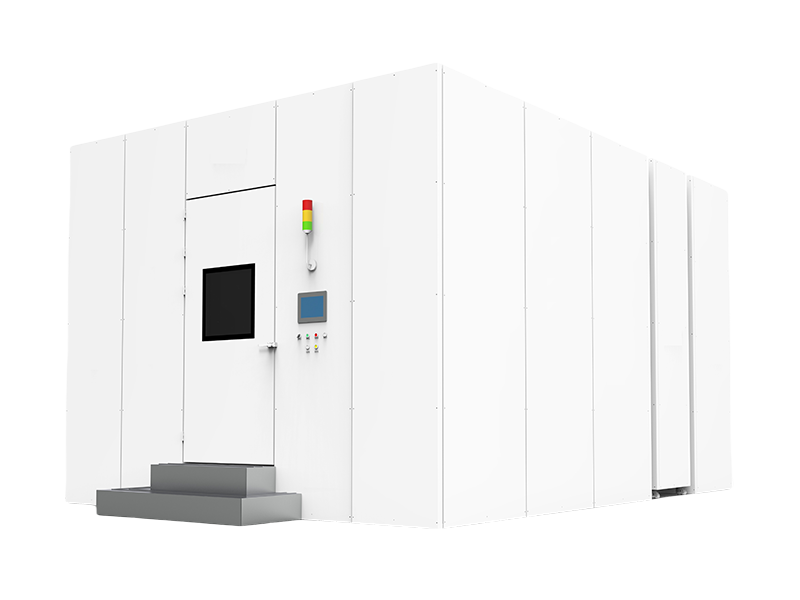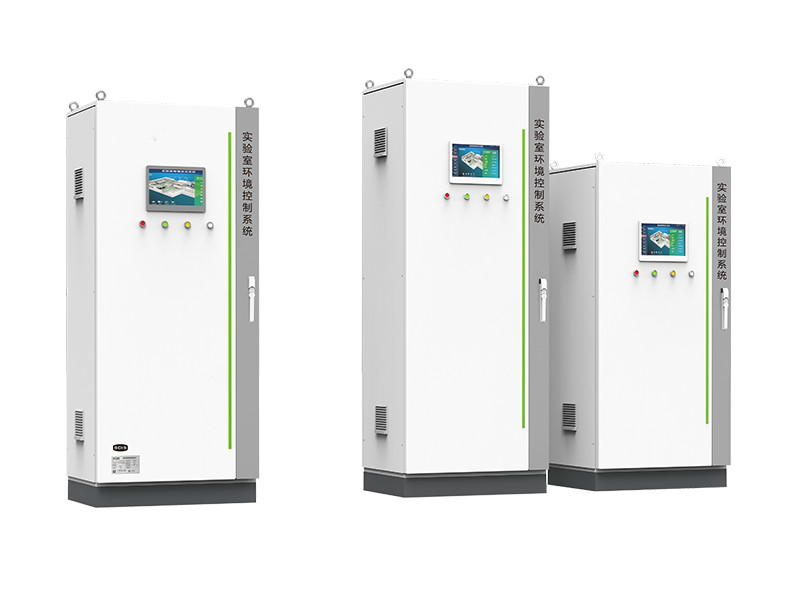Chip Semiconductor
1. Temperature Requirements
 During the semiconductor manufacturing process, wafers need to undergo a series of high-precision etching, coating, photolithography and other processes, all of which need to be performed within a specific temperature range. Temperature fluctuations in the clean room may cause changes in the physical properties of the wafer material, affecting production accuracy. For example, in the photolithography process, slight temperature fluctuations can cause the exposure position to drift, which in turn affects the accuracy of the circuit. In addition, the wafer may deform due to thermal expansion in a high temperature environment, affecting the yield rate. Therefore, the temperature in the semiconductor clean room usually needs to be strictly controlled within the range of 20°C to 25°C, and the temperature fluctuation cannot exceed ±1°C (for some processes with higher requirements, such as photolithography, the temperature fluctuation cannot exceed ±0.1°C).
During the semiconductor manufacturing process, wafers need to undergo a series of high-precision etching, coating, photolithography and other processes, all of which need to be performed within a specific temperature range. Temperature fluctuations in the clean room may cause changes in the physical properties of the wafer material, affecting production accuracy. For example, in the photolithography process, slight temperature fluctuations can cause the exposure position to drift, which in turn affects the accuracy of the circuit. In addition, the wafer may deform due to thermal expansion in a high temperature environment, affecting the yield rate. Therefore, the temperature in the semiconductor clean room usually needs to be strictly controlled within the range of 20°C to 25°C, and the temperature fluctuation cannot exceed ±1°C (for some processes with higher requirements, such as photolithography, the temperature fluctuation cannot exceed ±0.1°C).
2. Humidity Requirements
Many materials used in the semiconductor production process are also very sensitive to humidity. For example, photoresist easily absorbs moisture in a high humidity environment, affecting its curing effect, which in turn causes pattern distortion. In addition, in some chemical etching processes, too high or too low humidity will affect the etching speed and accuracy, and ultimately affect the yield of the chip. Generally speaking, the humidity in a semiconductor clean room needs to be maintained between 40% and 60% RH (some say 40% to 50% RH), and the humidity fluctuation cannot exceed ±5% RH (for some processes with higher requirements such as photolithography, the humidity fluctuation cannot exceed ±2% RH). This can effectively prevent static electricity accumulation and ensure the stability of materials and equipment.
3. Cleanliness Requirements
Semiconductor manufacturing requires a very strict clean environment. The air cleanliness in the clean room varies according to different semiconductor process requirements. Generally speaking, the cleanliness of the clean room must meet the standards of Class 1 to Class 100. The clean room must be equipped with a dust-free air filtration and circulation system to ensure that the airflow is reasonably distributed without dead corners, so that clean air can reach every corner. At the same time, the airflow speed and air pressure must also be strictly controlled to prevent backflow or disturbance of external air.
4. Anti-microseismic Requirements
-
Plant structure :
- The structural system of semiconductor plants should have sufficient rigidity and toughness to withstand deformation and stress caused by microseismic events. Common structural forms include reinforced concrete frames, steel structures, etc. The specific selection should be comprehensively considered based on actual conditions.
- The foundation design of the plant is the key to the anti-microseismic design. A stable foundation form such as a deep foundation or pile foundation should be used to ensure the overall stability of the plant under earthquake action. At the same time, effective seismic isolation measures should be set between the foundation and the superstructure to reduce the transmission of seismic energy.
-
Production equipment :
- Semiconductor production equipment is precise and expensive, so appropriate earthquake-resistant measures should be taken. For example, shock-absorbing supports or spring isolators are installed at the bottom of the equipment to reduce the risk of damage to the equipment during an earthquake.
- For high-precision production equipment, such as photolithography machines, more advanced anti-microvibration platforms are also required. These platforms usually include stainless steel tables, vibration reduction systems, and possible control systems, and use advanced vibration reduction technologies (such as air floating vibration reduction, rubber vibration reduction, or spring vibration reduction) to effectively absorb and disperse external microvibrations.
-
Environmental monitoring and control :
- Microseismic monitoring devices should be installed in semiconductor factories to monitor microseismic conditions in the factory in real time so as to promptly detect and deal with potential microseismic risks.
- In addition to the micro-vibration caused by the natural environment and the external environment of the factory, the operation of machinery and equipment inside the factory, the movement of people and other factors will also produce micro-vibrations. Therefore, in the design and construction process of semiconductor factories, these factors need to be fully considered and corresponding measures need to be taken to reduce their impact on the operation of precision equipment.
*The above content is for reference only. For specific equipment selection, please contact us to customize the solution according to your site conditions.
Related Products
Polar Measurement (Nanjing) Technology Co., Ltd., as a mature manufacturer of high-precision environmental control equipment, we focus on innovation and development, and are committed to providing customized environmental control solutions for global enterprises, with strict temperature, humidity and cleanliness standards. Inject efficiency into your production environment.
immediate consultation
You can leave us your needs or suggestions online, and we will reply to you as soon as we receive them.


